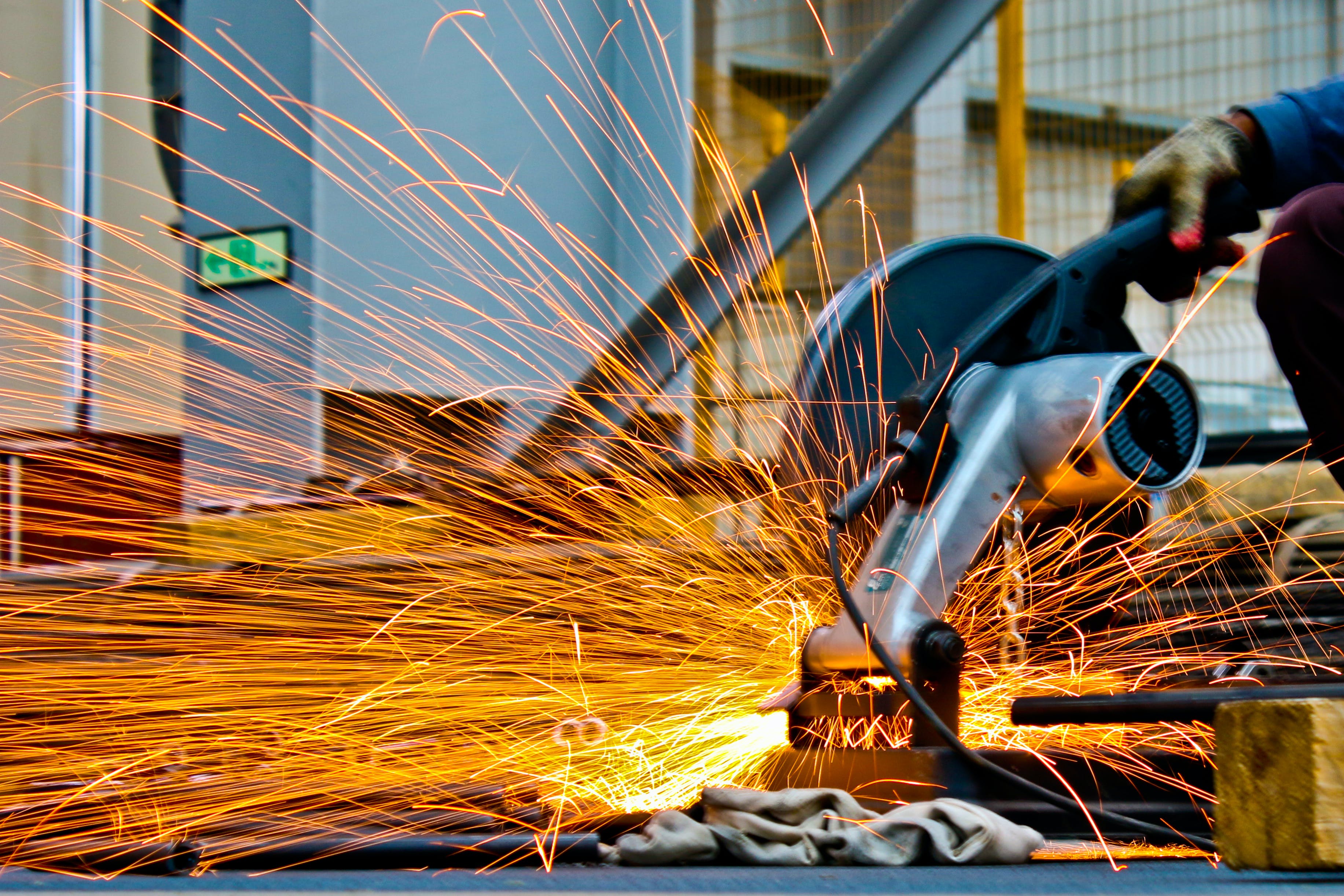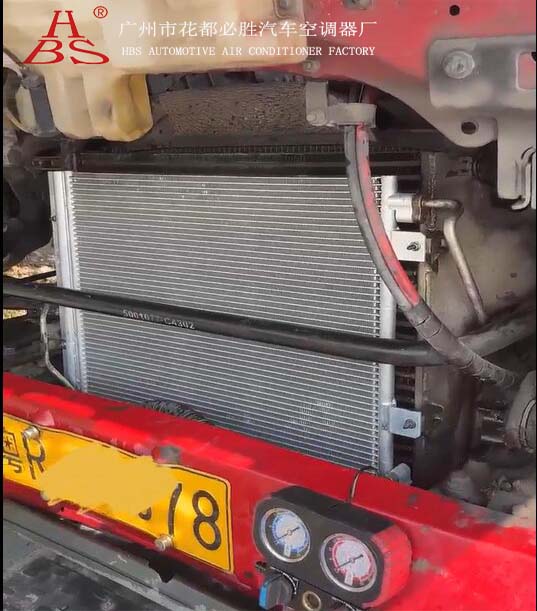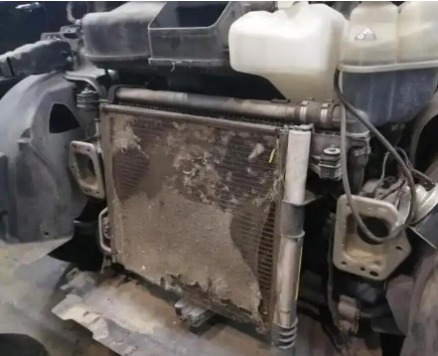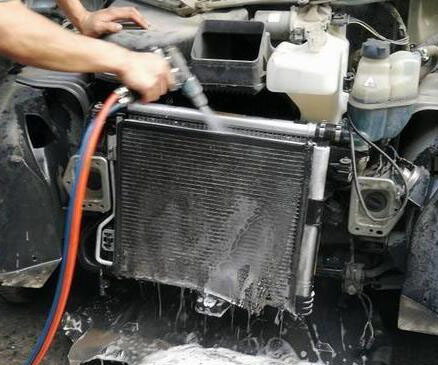"Quality Improvement and Efficiency Enhancement" rather than "Cost Reduction and Efficiency Improvement"
In order to cope with changes in the external business environment and improve their own profit margins, many companies have implemented many measures to reduce costs and increase efficiency.
Instead of reducing costs and increasing efficiency, it is better to improve quality and efficiency, and take advantage of the opportunity to directly complete the quality transformation. The result of reducing costs and increasing efficiency is the reduction of quality. Although costs are reduced, some customers are lost due to quality. In addition, the quality is reduced, which reduces the brand grade and image. On the contrary, improving quality and increasing efficiency allows the brand to complete the quality transformation and ensure benefits.
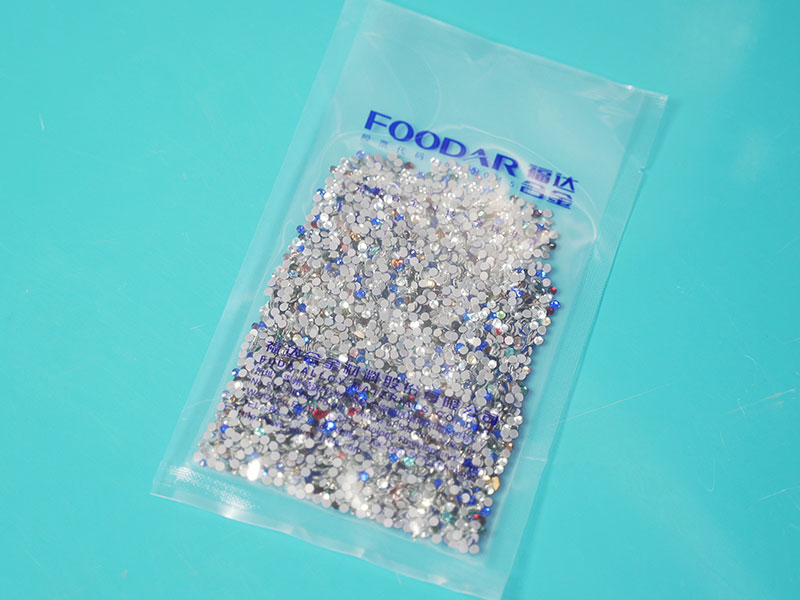
Vision counting and packaging machines are a good helper for improving quality and efficiency, making counting and packaging fully automated. With the empowerment of high-speed industrial cameras, high-precision counting and batch counting are completed to ensure the accuracy of the packaging quantity and improve the aesthetics of the packaging. Enhance the brand image and improve the packaging quality.

The vision counting packaging machine saves labor costs. Only 0.5-1 person is needed for one device to complete the loading and container collection of finished packages.
The following is a rubber customer site, which purchased 2 sets of vision counting systems for product counting and packaging.
